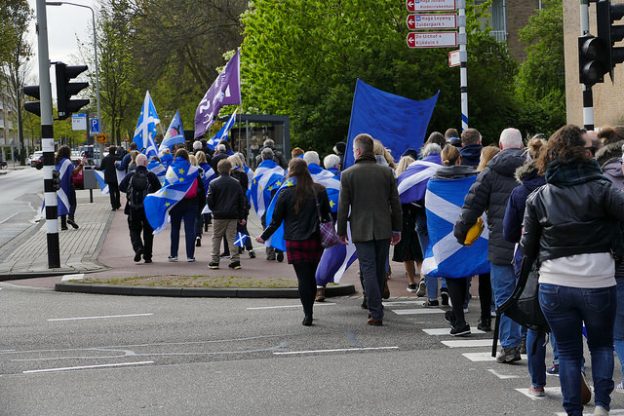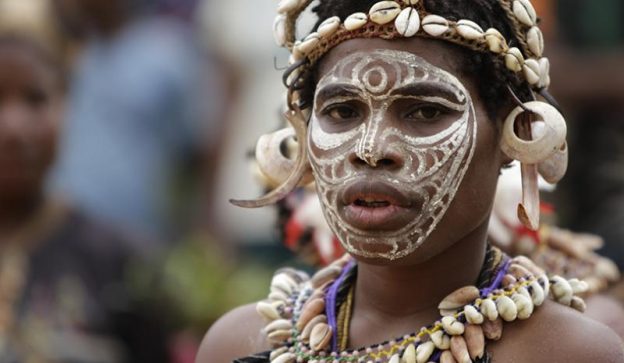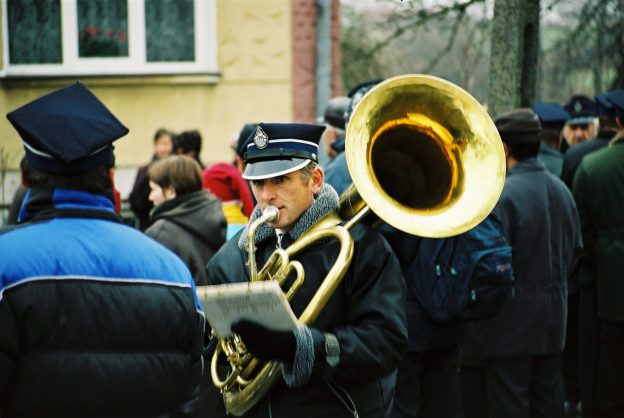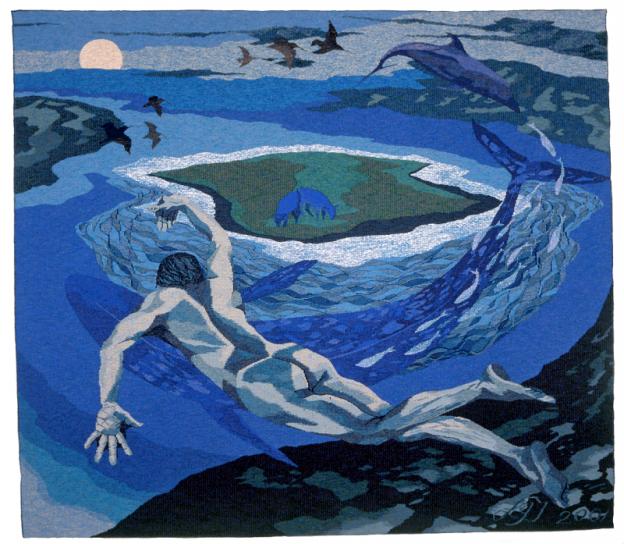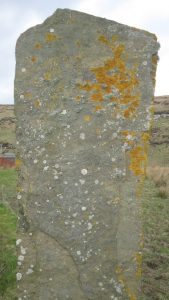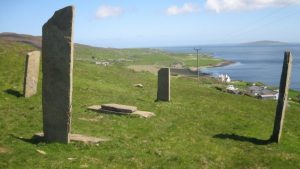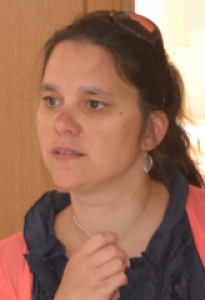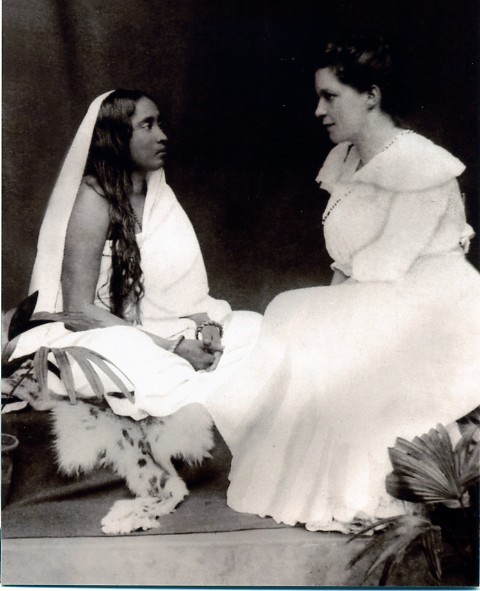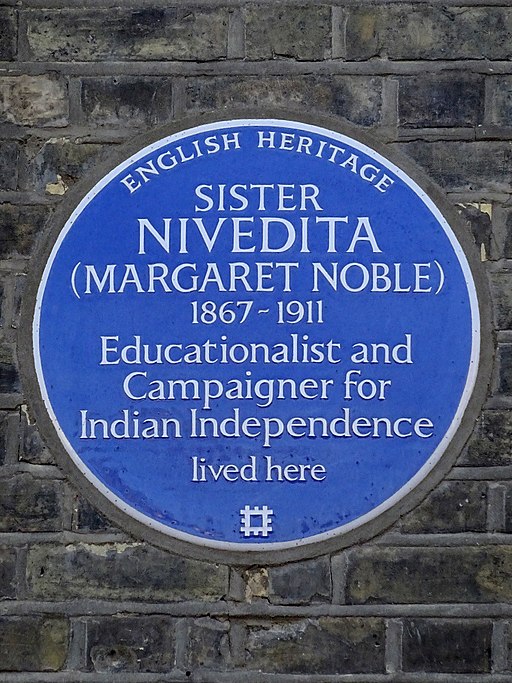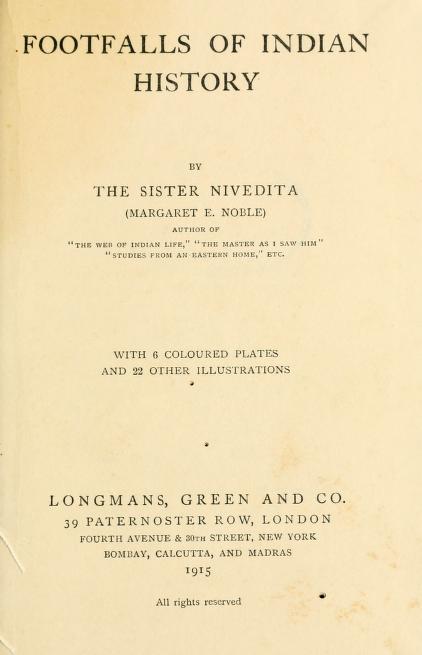By David G. Robertson
An interesting story appeared in the Herald last week that illuminates some interesting features of the contemporary conversation about religion.
Chris McEleny was an electrician at the Ministry of Defense site in Beith, Inverclyde, and the SNP group leader on Inverclyde Council. In 2016, he announced he would be running as a candidate to become deputy leader of the SNP. He was then suspended by the MoD, and had his security clearance revoked. National security officials came to his home and asked him about his mental health, social media activity and pro-independence stance. McEleny resigned and pursued a discrimination case against the MoD, arguing that he had been fired because of his belief in independence.
But to do so, he had to argue that independence was a “philosophical belief”, and therefore a “protected characteristic” under the 2010 Equality Act. Legal precedent said that to fall under this category, his belief had to be “genuinely held”, involve “moral and ethical conviction” and relate to “weighty and substantial aspects of human life and behaviour”.
The judge ruled in his favour – impressive given that McEleny defended himself against the UK Government. In summing up, the judge said “The claimant has persuaded me that his belief in Scottish independence has a sufficiently similar cogency to a religious belief… to qualify as a philosophical belief.”
This preliminary ruling will now go forward to a full hearing, so expect to hear more about it in future. For now, I want to point out a few interesting points about how “religion” and “belief” are mobilised here.
Religion is about “genuinely held” beliefs. This could be problematic. Given that half the Jews in Israel are atheist, Scottish law would have to deny them any religious protection under this logic. Many forms of Buddhism would deny that belief was involved at all. What about sincerely held beliefs about female circumcision or witchcraft? What would we make about the many who identify as a religion but do not follow all of the rules and tenets of that religion? And if I have been raised in a religion and taken on its norms, how “genuinely held” are those beliefs? How do we test the “genuineness” of a belief? If it is not judged ‘genuine’, am I therefore lying?
Religion is about morality, and the “weighty” questions of life. Is it? Wouldn’t that make environmentalism or animal rights or the Geneva Convention religious? What counts as “weighty”? Who decides?
Religions are “cogent”. While the representatives of various traditions have a vested interest in presenting religions as internally consistent and sharing fundamental ideas, this is not true and never has been. [Try our Exploring Religions module for lots of examples].
“Belief” is never defined. Seems pedantic, perhaps, but it matters a great deal – and the fact that we all assume we know what “belief” means should start alarm bells ringing. The idea that we have a series of belief ‘statements’ in our minds that we refer to when we act is clearly untrue; we act before thought, we hold contradictory beliefs, we hold multiple beliefs at the same time, we don’t do what we think, and so on. Is my love for my wife a belief? What about that the sun will rise in the morning, or that the switch will make a light go on?
No; what is going on here is an appeal to Protestant ideas about “faith”. Religious beliefs are understood as a special kind of belief that, because it comes from God, must be protected from criticism from merely “rational” beliefs.
Religions deserve protection, but political or other beliefs do not. Because it is comparable to a religion, this nationalism needs protected by the law. But why should religion be uniquely protected? Judging from the panel on Religion in the Law at our Contemporary Religion in Historical Perspective conference in February [soon to be a special issue of Implicit Religion], the issue at present seems to be mostly concerned with protecting minority groups, particularly immigrants, but problems arise as the model used is based on European Protestant Christianity. The law moves slowly, but in my experience, the legal system is willing, even keen, to listen.
Most comment on this case will revolve around the question of whether nationalism is or is not a religion, but this is really missing the point. Cases like these reveal the fault lines in how the category religion is understood in public discourse. Legal proceedings are an underused resource for analysing the public discourse on religion, and an especially important one, as it has real effects on people. My interest in religion has always been based in a fascination with the relationship between ideas and communities of people, and the law is the point where these ideas become inscribed in societies. If we as scholars are serious about wanting to be heard by the broader public, this might be a good place to focus our attention.

